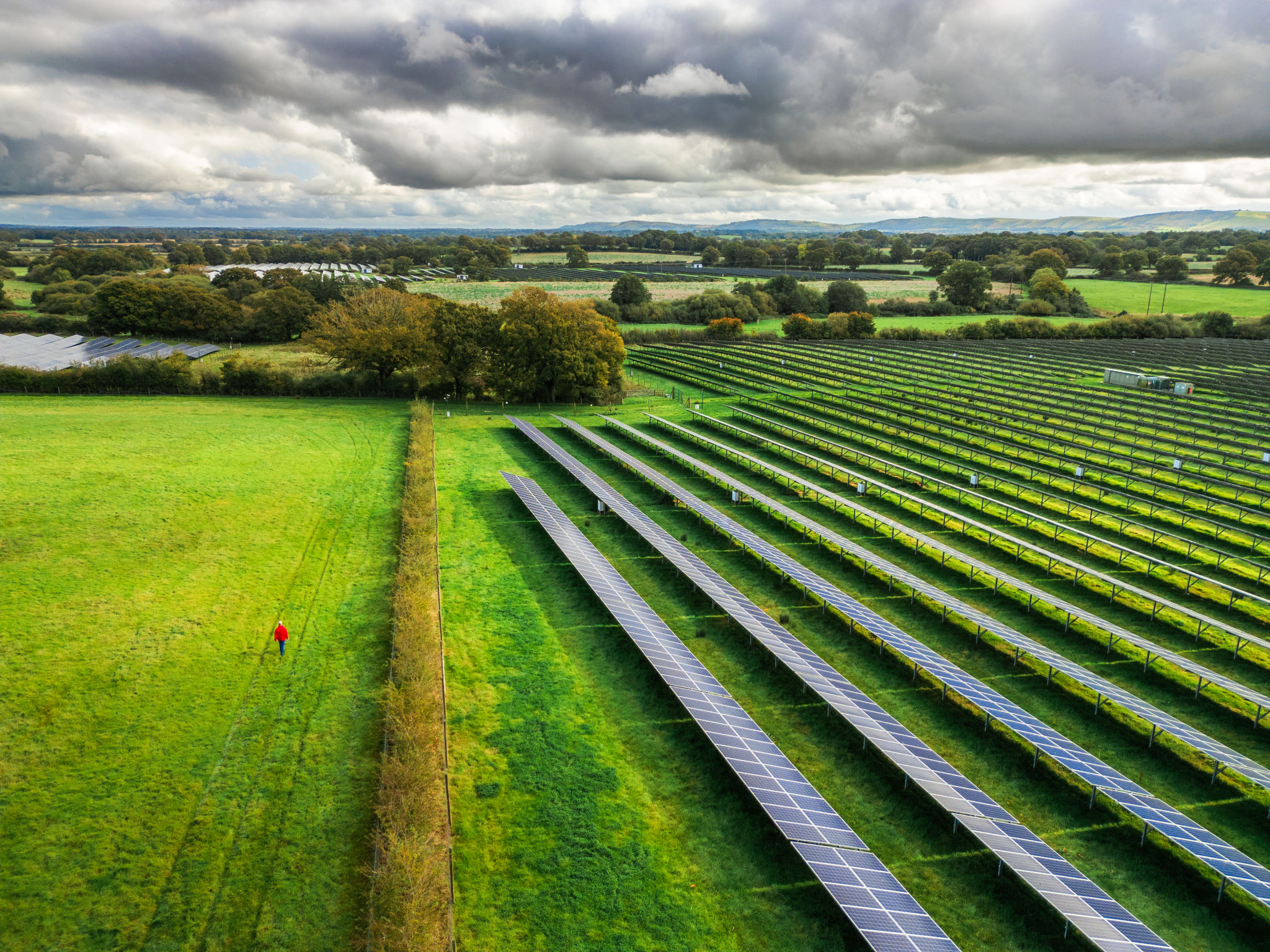Preparing Your Home for Solar Panel Installation: A Step-by-Step Guide
Assess Your Home's Suitability for Solar Panels
Before diving into the installation process, it's crucial to evaluate whether your home is suitable for solar panels. Begin by examining your roof's condition and orientation. A roof in good shape with a south-facing slope is ideal for maximum sun exposure. If your roof needs repairs, address them before installing solar panels to avoid potential complications.

Understand Local Regulations and Permits
Research local regulations and permit requirements as they can vary significantly between locations. Contact your local government or homeowners association to ensure compliance with zoning laws and building codes. Securing the necessary permits may take time, so it's wise to start this process early in your solar journey.
Evaluate Your Energy Needs
To determine the right solar panel system size, assess your household's energy consumption. Review past electricity bills to understand your average monthly usage. This information will help you and your installer design a system that meets your energy needs efficiently.
Choose the Right Solar Panels
Solar panels come in various types and efficiencies. Consider factors such as cost, efficiency, and aesthetics when selecting panels. Monocrystalline panels are efficient but might be more expensive, whereas polycrystalline panels offer a more affordable option. Consult with a solar provider to choose the best fit for your home.

Select a Reputable Installer
Hiring a skilled and experienced installer is crucial for a successful solar panel installation. Research potential installers by checking reviews and asking for references. Verify their certifications and ensure they are knowledgeable about local regulations and incentives.
Prepare Your Property
Once you've chosen an installer, prepare your property for the installation day. Clear any obstructions around the installation area, such as tree branches or debris. Ensure easy access to your roof and meter for the installation team.
Schedule the Installation
Work with your installer to schedule the installation at a convenient time. The process typically takes one to three days, depending on the system size and complexity. It's important to be present during installation to address any questions or concerns that might arise.

Understand Post-Installation Maintenance
After the installation, familiarize yourself with basic maintenance practices to ensure your solar panels operate efficiently. Regularly clean the panels to remove dirt and debris that could hinder performance. Schedule annual inspections with your installer to check for potential issues.
Monitor Your Energy Production
Once your solar system is up and running, monitor its performance using any provided software or apps. Tracking energy production helps ensure that your system functions optimally and allows you to make adjustments if needed.

Take Advantage of Incentives
Finally, explore available incentives such as tax credits or rebates that can offset installation costs. Research federal, state, and local programs designed to encourage solar adoption. These incentives can significantly reduce the financial burden of transitioning to solar energy.